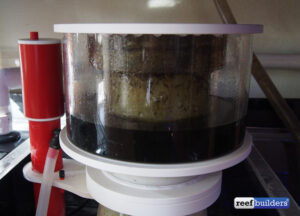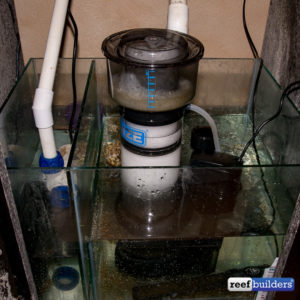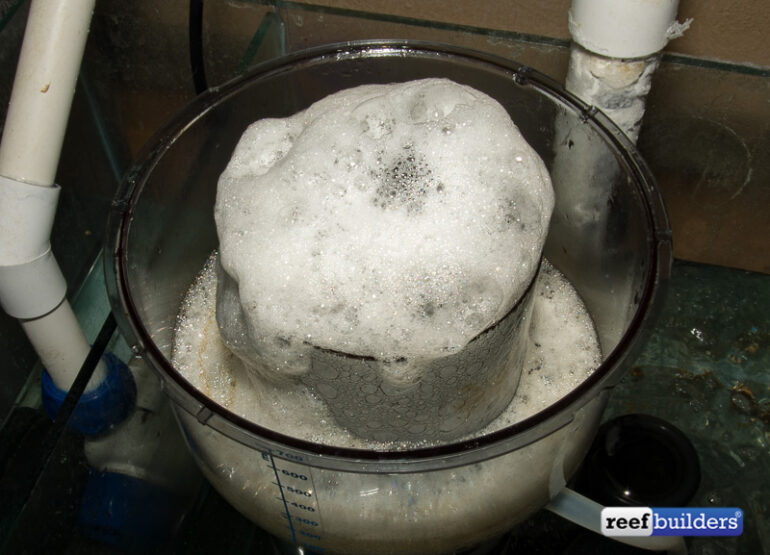A protein skimmer is an essential piece of equipment in aquarium keeping. It is often the heart of the tank that oxygenates the water. Because it is a crucial piece of our system, you need to make sure it is working properly. Not to mention they are pretty expensive so just buying a new one on a whim is not always an option.
As anyone coming into the hobby can attest, there is a lot of ambiguity on how exactly a protein skimmer should run. Water and air bubbles mixing to extract dissolved organic waste, but how do you know it is performing at its best, or broken and needing repair? This article will hopefully help educate shine some light on skimmer operation, maintenance and troubleshooting.
First, you should know what skimmate, the skimmer juice, should look like. It should be thick smelly dark brown gunk; sometimes there is saltwater in the cup too.

Your skimmer will not typically produce skimmate within the first couple of days during your “break in” period. This is when a biofilm coats the skimmer and covers the coating of the plastic; it is also when the residual oils and chemicals from the manufacturer break down.
If you cannot get the water level in the skimmer high enough, make sure all screws are in place at the base. Also check the pump for anything lodged in the impeller preventing the pump from raising the water level. Often times filter sock lint will get stuck in the pump.
If the water level is still too low, check the water level in your sump. You’ll want to have your skimmer in a chamber that doesn’t fluctuate; the surrounding water will always cause your skimmer’s water to raise or lower.

Sometimes our skimmers may overflow without control and the majority of the time it’s because there is an additive in the tank. Additives like red slime remover, slime coat, and bacteria can make the skimmer go haywire. Using a two-part epoxy to secure rocks together in your aquascaping or to secure frags to the rock structure, can also make your skimmer go into overdrive.
Last but not least, soak the skimmer — including pump parts — in vinegar and fresh water. Clean all air lines that may have been clogged with salt using freshwater.


Don’t wait for things to go wrong before tacking the basic cleaning. By proactively cleaning the skimmer on a regular basis will prevent problems and ensure a long life for your skimmer. Following the manufactures’ instructions when installing the protein skimmer will set you up for success.



